Home>Furniture & Design>Bathroom Accessories>How Many Gallons Of Water Is A Bathtub?
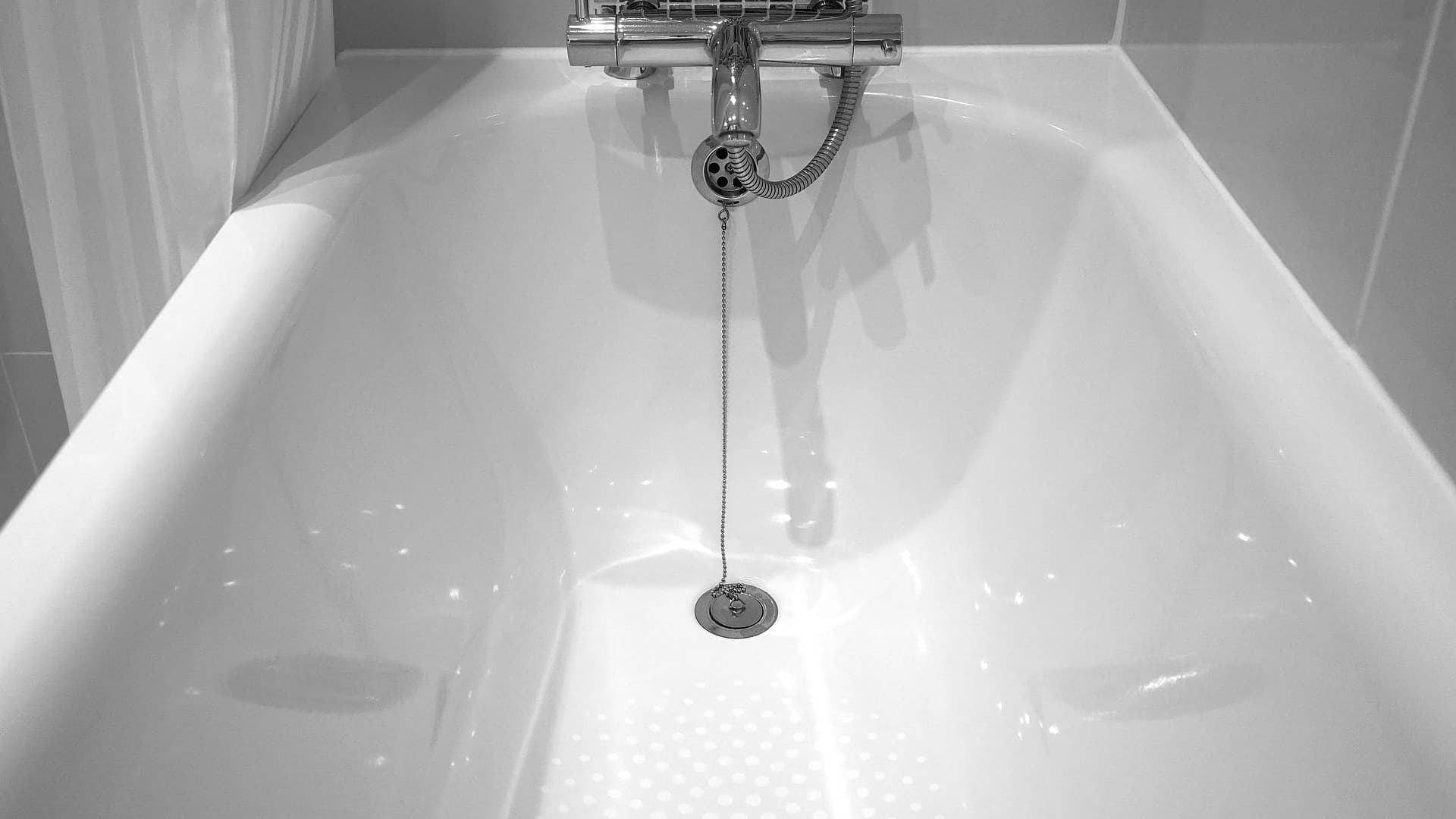

Bathroom Accessories
How Many Gallons Of Water Is A Bathtub?
Modified: April 22, 2024
Discover the perfect bathroom accessories with our guide. Find out how many gallons of water your bathtub holds and make the most of your space. Explore now!
(Many of the links in this article redirect to a specific reviewed product. Your purchase of these products through affiliate links helps to generate commission for Storables.com, at no extra cost. Learn more)
Standard Bathtub Sizes
When it comes to choosing a bathtub, it's essential to consider the available space and the desired level of comfort. Standard bathtub sizes play a crucial role in determining the right fit for your bathroom. Here's a comprehensive overview of the most common bathtub dimensions:
1. Alcove Bathtubs
- These are the most prevalent type of bathtub and are designed to fit into a three-wall enclosure. The standard size for alcove bathtubs is 60 inches in length and 30 to 32 inches in width. The depth typically ranges from 14 to 20 inches.
2. Freestanding Bathtubs
- Freestanding bathtubs offer a touch of luxury and elegance to any bathroom. They come in various sizes, with the standard length ranging from 60 to 72 inches, and the width varying between 28 and 32 inches. The depth of freestanding bathtubs can range from 20 to 32 inches, providing ample space for a relaxing soak.
3. Corner Bathtubs
- Ideal for optimizing space, corner bathtubs are designed to fit snugly into a corner of the bathroom. The standard dimensions for corner bathtubs range from 48 to 60 inches in length and 48 to 60 inches in width. The depth typically varies from 14 to 20 inches, making them a space-efficient option for smaller bathrooms.
4. Drop-In Bathtubs
- These bathtubs are installed by "dropping" them into a pre-built deck or alcove. The standard size for drop-in bathtubs ranges from 60 to 72 inches in length and 25 to 40 inches in width. The depth can vary from 16 to 25 inches, offering flexibility in design and customization.
5. Clawfoot Bathtubs
- Known for their vintage charm, clawfoot bathtubs are freestanding fixtures with a timeless appeal. The standard length of a clawfoot bathtub ranges from 54 to 72 inches, while the width typically falls between 30 and 40 inches. The depth can vary from 24 to 32 inches, providing a deep and indulgent bathing experience.
Understanding the standard sizes of different bathtub types is crucial for making an informed decision based on your bathroom layout and personal preferences. Whether you opt for the classic alcove bathtub or the luxurious freestanding tub, knowing the standard dimensions will guide you towards selecting the perfect fit for your space.
Key Takeaways:
- Choose the right bathtub size based on your bathroom space and comfort needs. Alcove, freestanding, corner, drop-in, and clawfoot bathtubs have different standard dimensions to fit various spaces.
- Understand the water capacity of different bathtub types to optimize water usage. Alcove, freestanding, corner, drop-in, and clawfoot bathtubs have varying water capacities, so consider size, shape, and bather preferences.
Average Water Capacity of a Bathtub
The average water capacity of a bathtub is a key consideration for homeowners seeking to strike a balance between a satisfying bathing experience and water conservation. Understanding the water capacity of different types of bathtubs is essential for optimizing water usage and ensuring a comfortable soak. The volume of water required to fill a bathtub is influenced by various factors, including its size, shape, and depth.
Alcove Bathtubs
Alcove bathtubs, which are designed to fit into a three-wall enclosure, typically have a water capacity ranging from 40 to 60 gallons. The standard size of an alcove bathtub is 60 inches in length, 30 to 32 inches in width, and 14 to 20 inches in depth. The water capacity may vary slightly based on the specific dimensions and design variations.
Freestanding Bathtubs
Freestanding bathtubs, known for their luxurious appeal, generally have a higher water capacity compared to alcove bathtubs. With lengths ranging from 60 to 72 inches, widths between 28 and 32 inches, and depths of 20 to 32 inches, freestanding tubs can hold anywhere from 40 to 80 gallons of water, depending on their size and design.
Read more: How Many Glasses Of Water In A Gallon
Corner Bathtubs
Corner bathtubs, designed to maximize space efficiency, typically have a water capacity similar to that of alcove bathtubs, ranging from 40 to 60 gallons. The standard dimensions for corner bathtubs are 48 to 60 inches in length, 48 to 60 inches in width, and 14 to 20 inches in depth.
Drop-In Bathtubs
Drop-in bathtubs, which are installed by "dropping" them into a pre-built deck or alcove, have a water capacity that aligns with their size and depth. With lengths ranging from 60 to 72 inches, widths between 25 and 40 inches, and depths of 16 to 25 inches, the water capacity of drop-in bathtubs can vary from 50 to 80 gallons.
Clawfoot Bathtubs
Clawfoot bathtubs, renowned for their vintage charm, typically have a generous water capacity due to their larger dimensions. Ranging from 54 to 72 inches in length, 30 to 40 inches in width, and 24 to 32 inches in depth, clawfoot bathtubs can hold anywhere from 40 to 100 gallons of water, offering a truly indulgent bathing experience.
Understanding the average water capacity of different bathtub types is crucial for homeowners aiming to manage their water usage effectively. By considering the water capacity alongside other factors such as comfort, space availability, and design preferences, individuals can make informed decisions when selecting the ideal bathtub for their homes.
Factors Affecting Water Capacity
The water capacity of a bathtub is influenced by several factors that play a pivotal role in determining the volume of water required for a satisfying bathing experience. Understanding these factors is essential for homeowners seeking to optimize water usage and select a bathtub that aligns with their preferences and practical needs.
1. Size and Dimensions
The size and dimensions of a bathtub significantly impact its water capacity. Larger bathtubs, such as freestanding and clawfoot models, generally have a higher water capacity due to their expansive dimensions. A deeper and wider tub naturally requires more water to reach a comfortable bathing level. In contrast, smaller alcove and corner bathtubs typically have a lower water capacity, reflecting their more compact design.
2. Shape and Depth
The shape and depth of a bathtub also contribute to its water capacity. Bathtubs with deeper basins can accommodate more water, providing a luxurious soaking experience. Additionally, the shape of the tub, whether it's rectangular, oval, or asymmetrical, can impact the distribution of water and influence the overall capacity.
3. Water Displacement
When a person enters a bathtub, the water level rises due to their body displacing the water. This displacement effect reduces the actual water capacity available for soaking. Understanding the impact of water displacement is crucial for accurately gauging the effective water capacity of a bathtub, especially when considering the comfort of the bather.
4. Overflow Design
Many modern bathtubs are equipped with overflow drains to prevent water from spilling over the edges. The presence of an overflow drain affects the maximum water capacity of the bathtub, as it allows for a higher water level without the risk of flooding. The design and placement of the overflow drain can vary among different bathtub models, influencing the overall water capacity.
Read more: How Many Glass Of Water In 1 Gallon
5. Bather Preferences
Ultimately, the water capacity of a bathtub is also influenced by the preferences of the individuals using it. Some people may prefer a deeper water level for a more immersive bathing experience, while others may find a shallower level sufficient for relaxation. Understanding the diverse preferences of potential bathers is essential for selecting a bathtub that can accommodate varying water capacity needs.
By considering these factors, homeowners can make informed decisions when choosing a bathtub that not only meets their water capacity requirements but also aligns with their desired comfort level and aesthetic preferences. The interplay of size, shape, water displacement, overflow design, and individual preferences collectively shapes the water capacity of a bathtub, offering a nuanced perspective for selecting the perfect bathing fixture for any home.
Tips for Calculating Water Usage
Calculating water usage for a bathtub is essential for managing resources efficiently and ensuring a satisfying bathing experience. By considering the following tips, homeowners can gain insights into estimating water consumption and making informed decisions regarding their bathing habits and water conservation efforts.
-
Measure the Bathtub Capacity: Begin by determining the exact water capacity of the bathtub. This can be achieved by measuring the dimensions of the tub and calculating the volume it can hold. Understanding the maximum water capacity provides a baseline for assessing water usage and optimizing the filling level based on individual preferences.
-
Consider Water Depth: The depth of the water directly impacts the overall water usage. By measuring the depth of the water when the bathtub is filled to the desired level, homeowners can gauge the amount of water required for a comfortable soak. This measurement serves as a practical reference point for managing water usage without compromising on the bathing experience.
-
Account for Displacement: When a person enters the bathtub, the water level rises due to the displacement caused by their body. To accurately calculate water usage, it's crucial to account for this displacement effect. By factoring in the additional water required to accommodate the bather, homeowners can refine their understanding of actual water consumption.
-
Use Water-Saving Techniques: Implementing water-saving techniques can significantly reduce water usage without sacrificing comfort. Installing a low-flow faucet or showerhead, which limits water flow while maintaining adequate pressure, can effectively minimize water consumption during bathing. Additionally, taking shorter baths and avoiding excessive filling can contribute to conservation efforts.
-
Monitor Water Volume: Keeping track of the water volume used during each bath provides valuable insights into individual water usage patterns. By maintaining a record of the amount of water required to fill the bathtub to the desired level, homeowners can identify opportunities for optimizing water usage and making conscious adjustments to their bathing routines.
-
Explore Alternative Bathing Methods: Exploring alternative bathing methods, such as using a shower instead of a bath for daily hygiene, can further reduce overall water usage. Showers generally consume less water than baths, making them a more water-efficient option for routine cleansing. By incorporating showers into their bathing regimen, individuals can contribute to sustainable water management.
By applying these tips, homeowners can gain a comprehensive understanding of their water usage when filling a bathtub. This knowledge empowers individuals to make informed choices regarding water conservation, while ensuring that their bathing experiences remain enjoyable and environmentally conscious.
Frequently Asked Questions about How Many Gallons Of Water Is A Bathtub?
Was this page helpful?
At Storables.com, we guarantee accurate and reliable information. Our content, validated by Expert Board Contributors, is crafted following stringent Editorial Policies. We're committed to providing you with well-researched, expert-backed insights for all your informational needs.
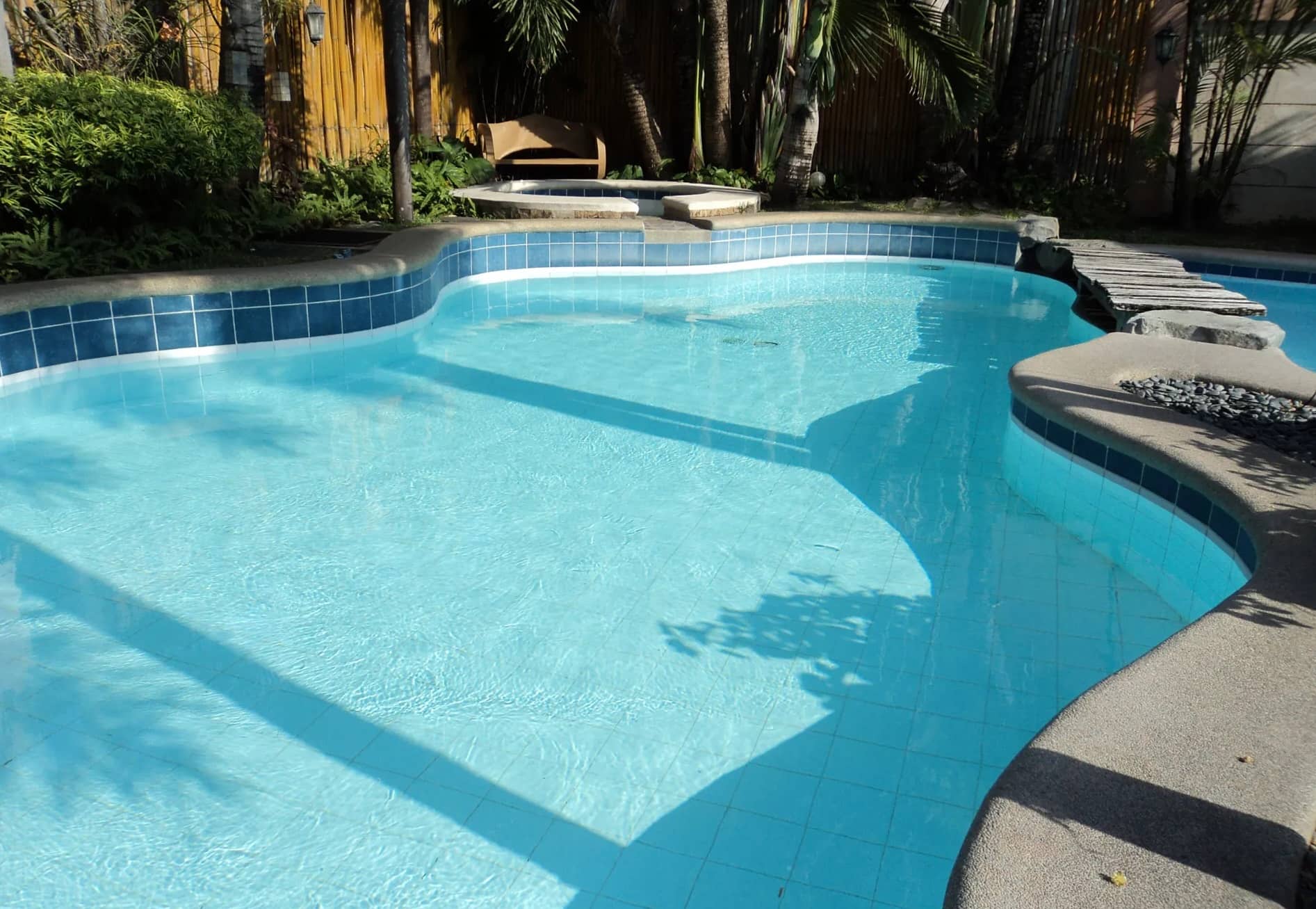
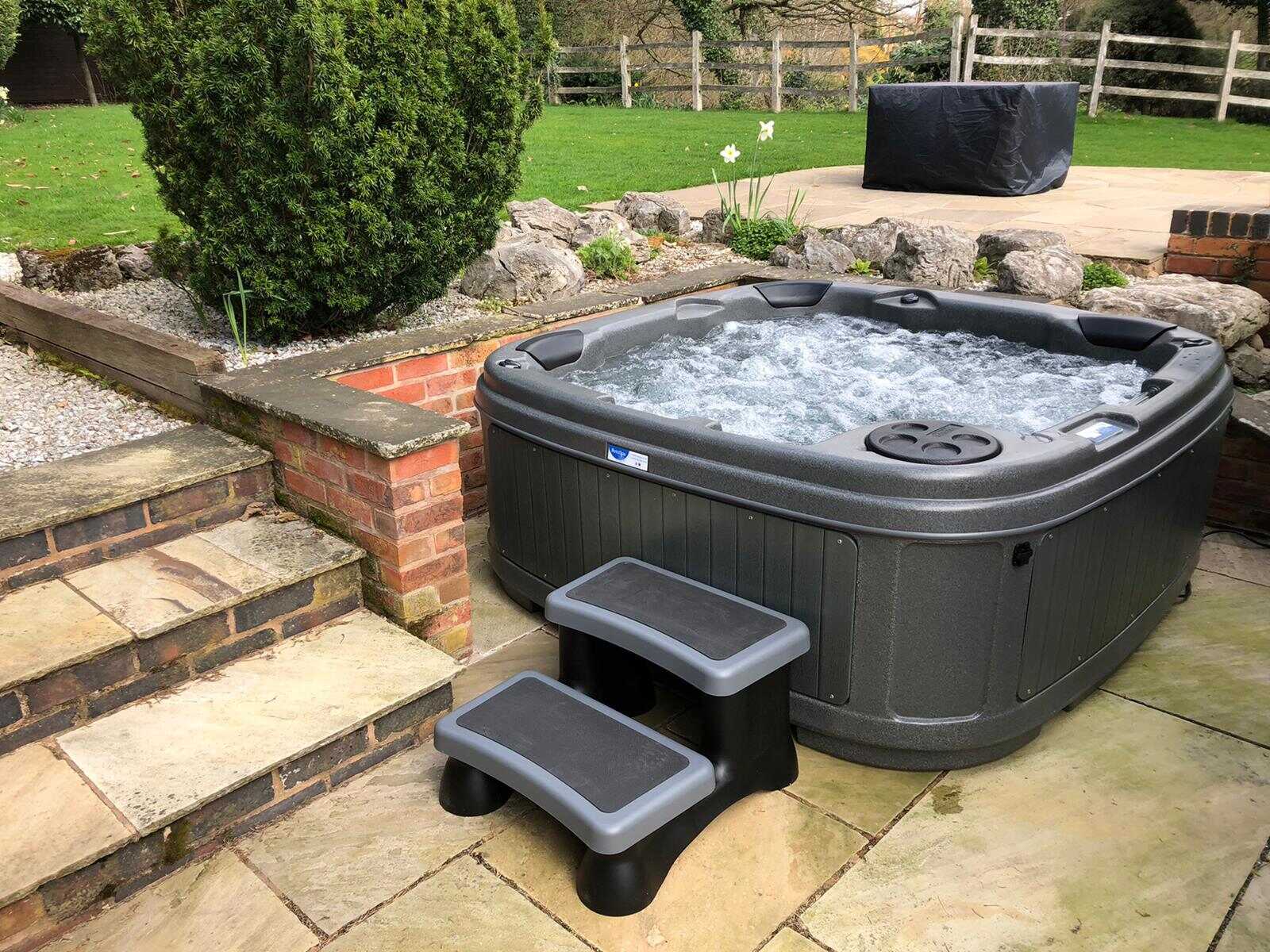
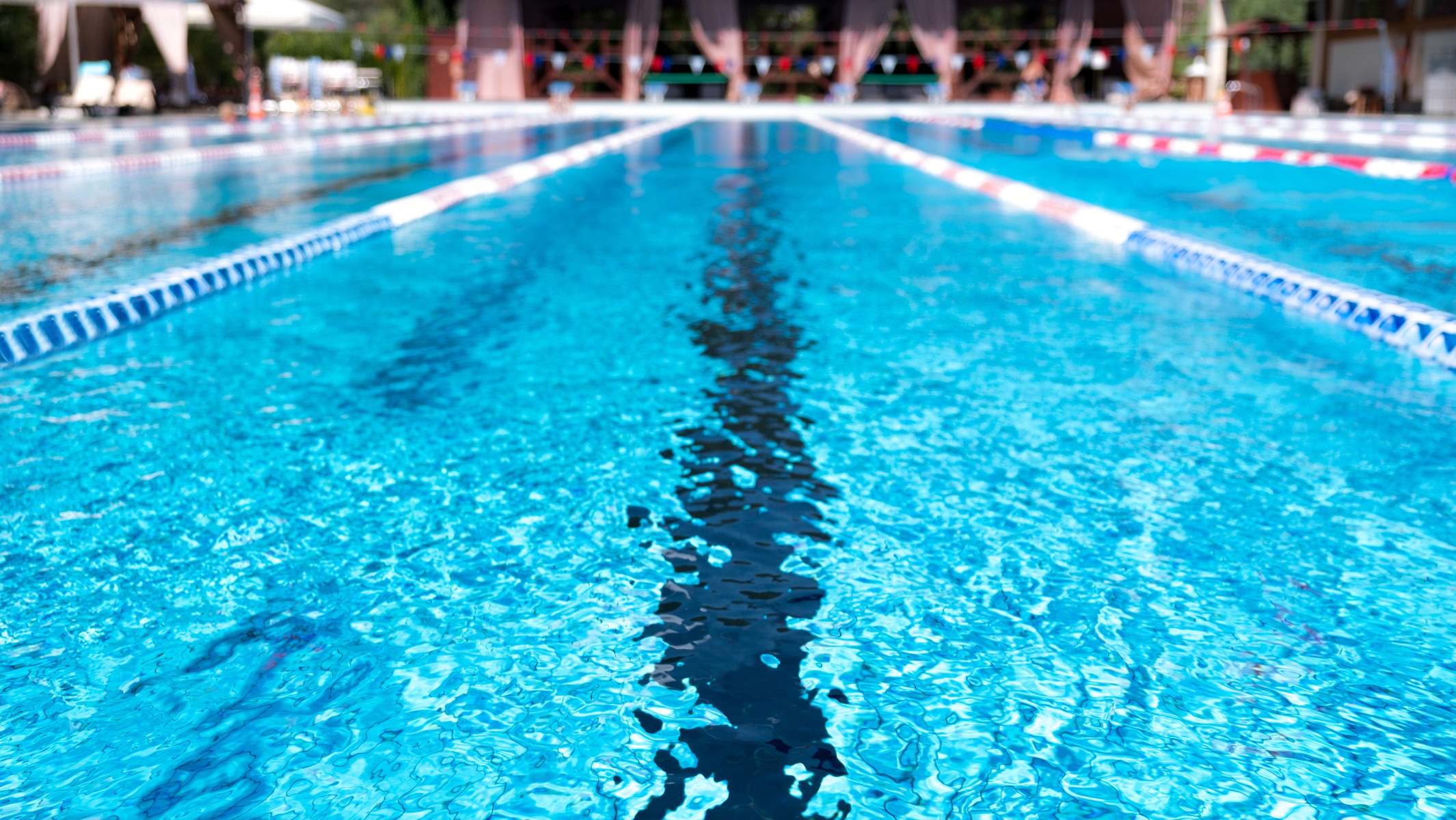
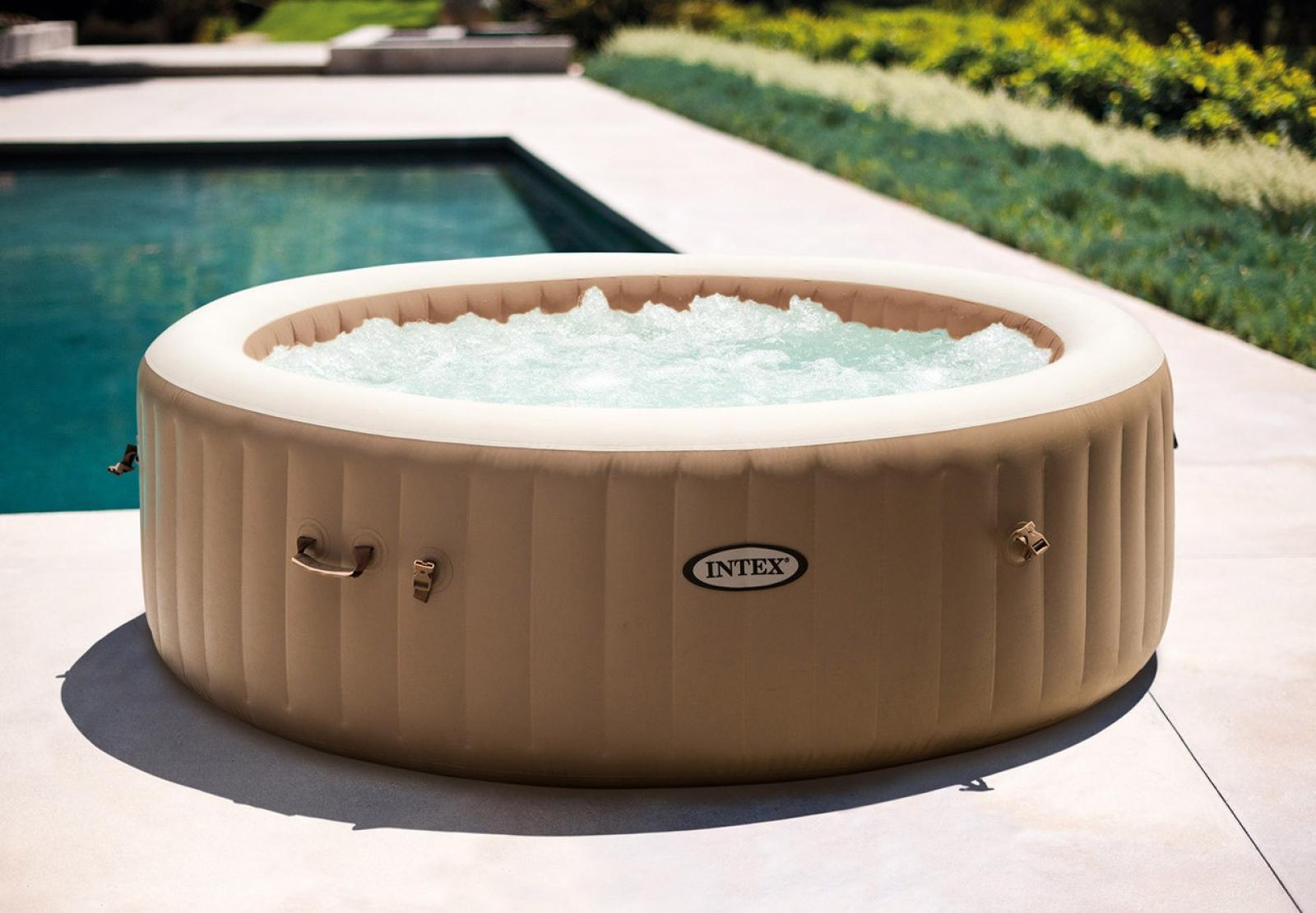
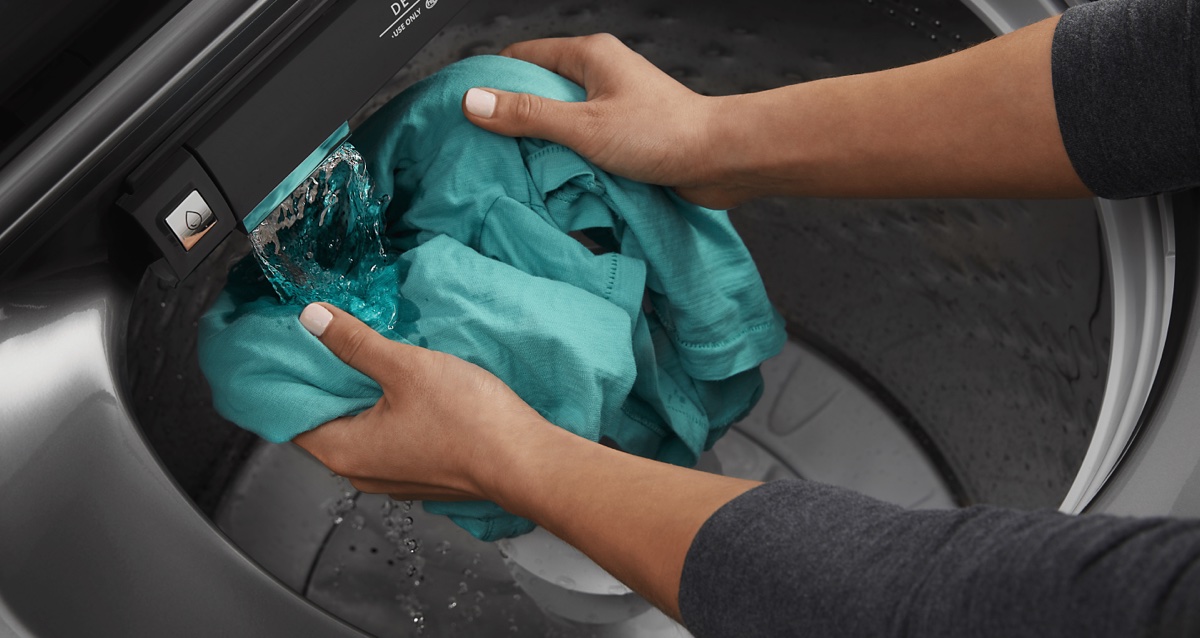

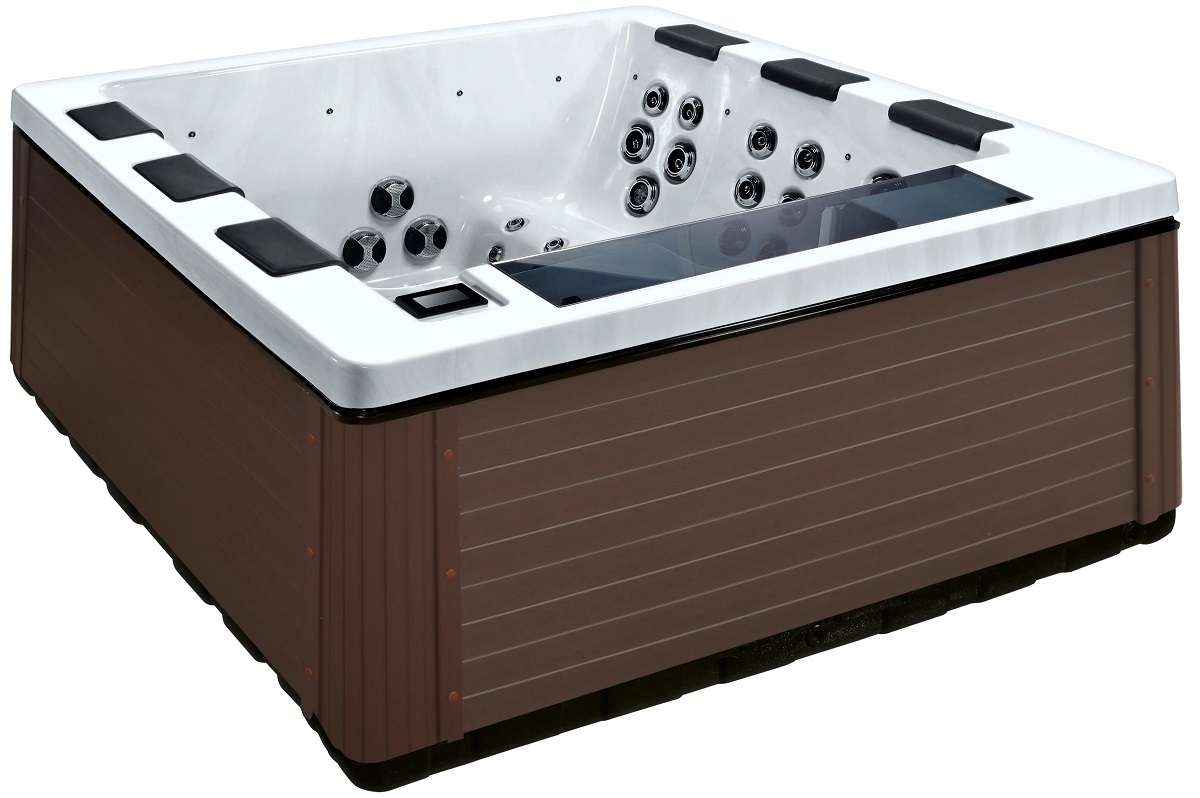
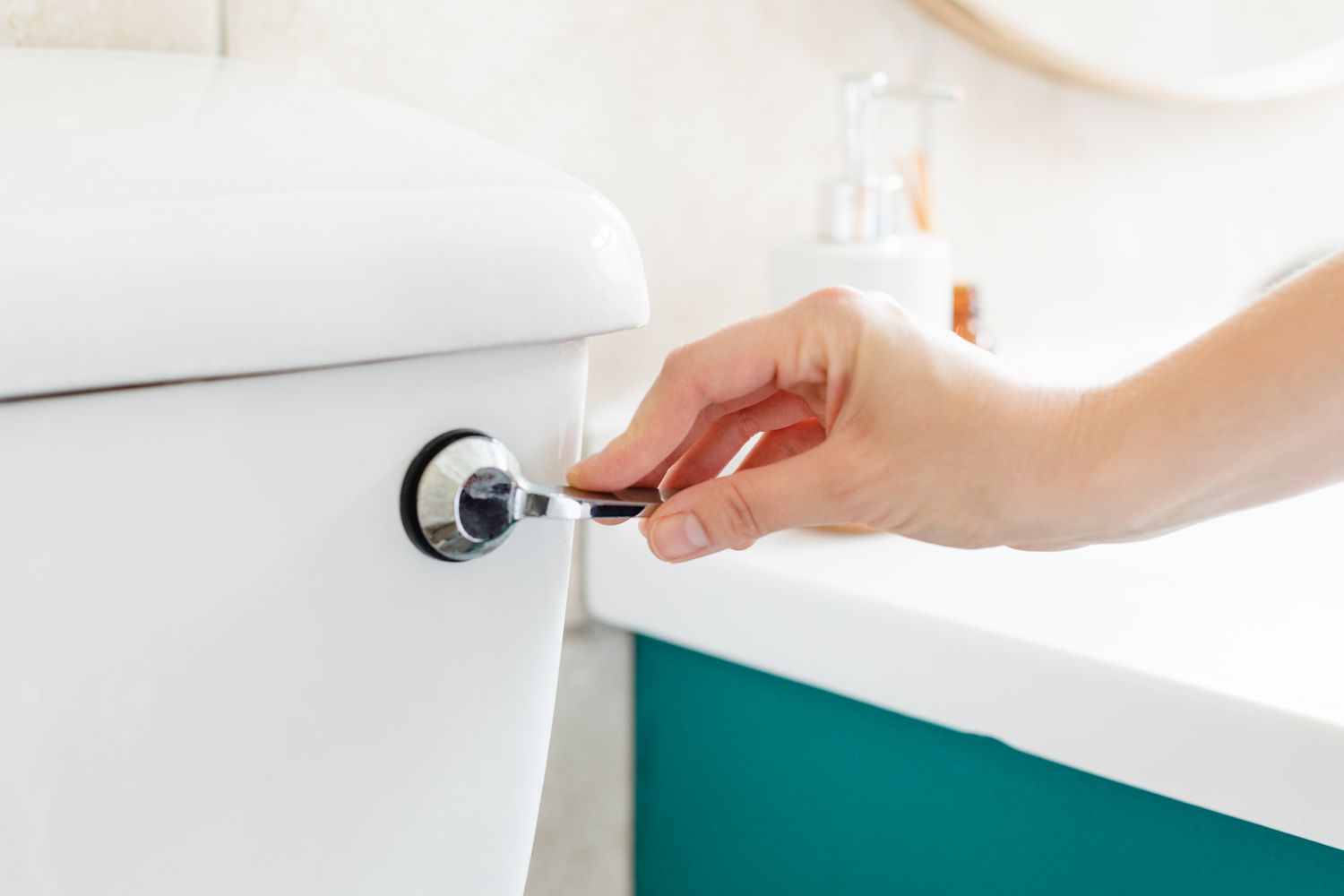
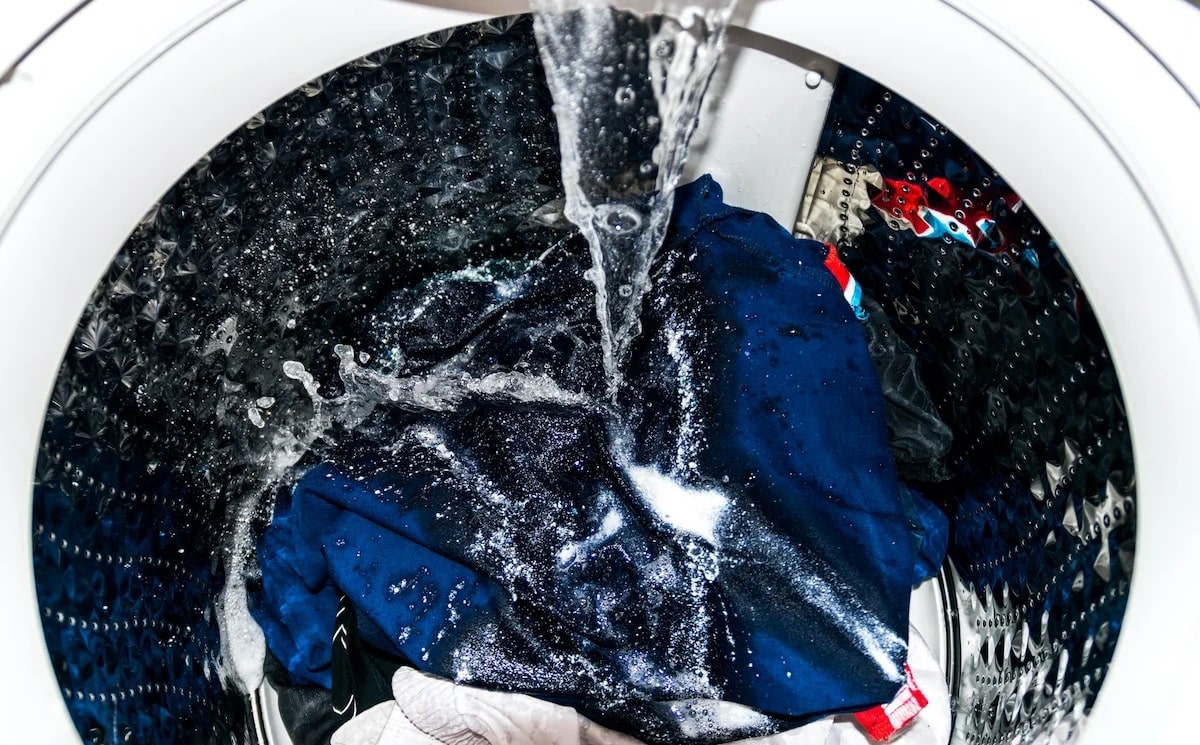
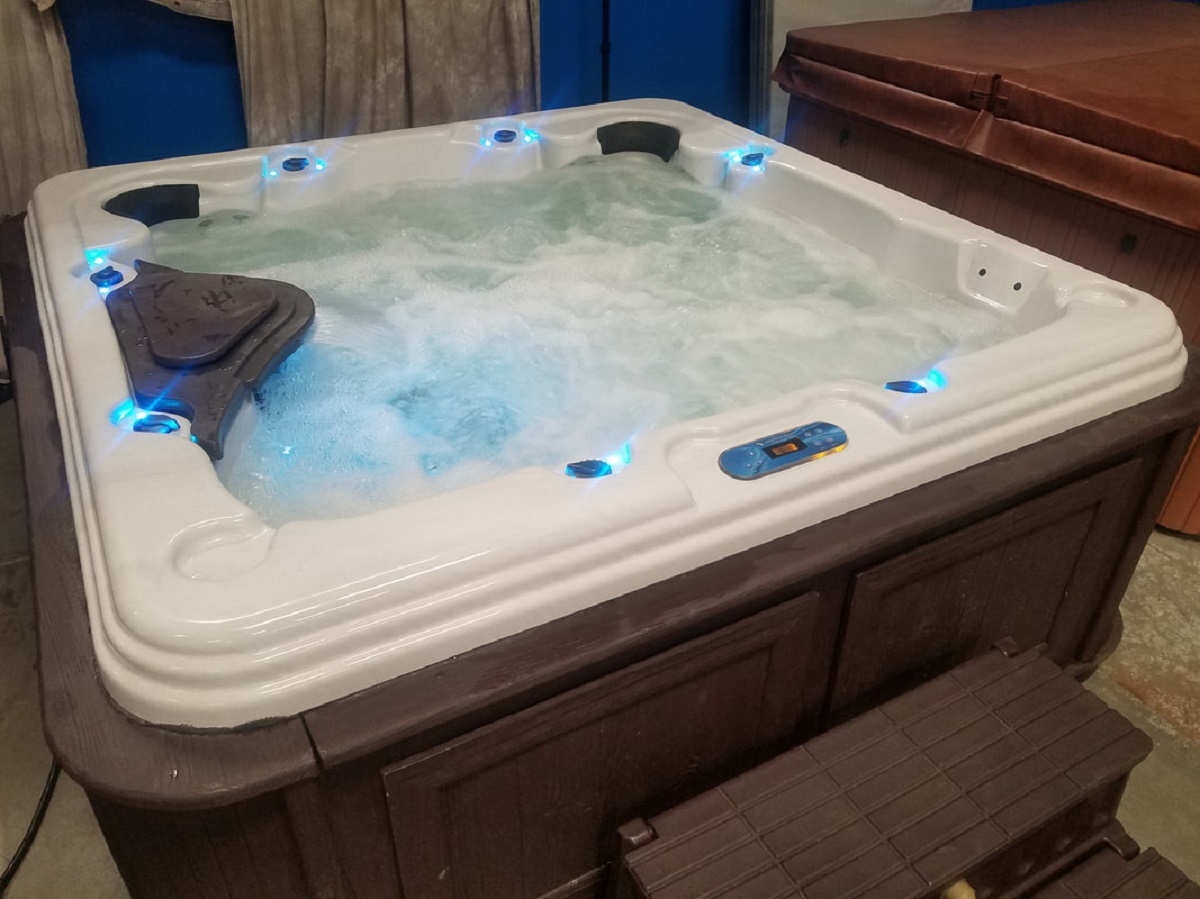
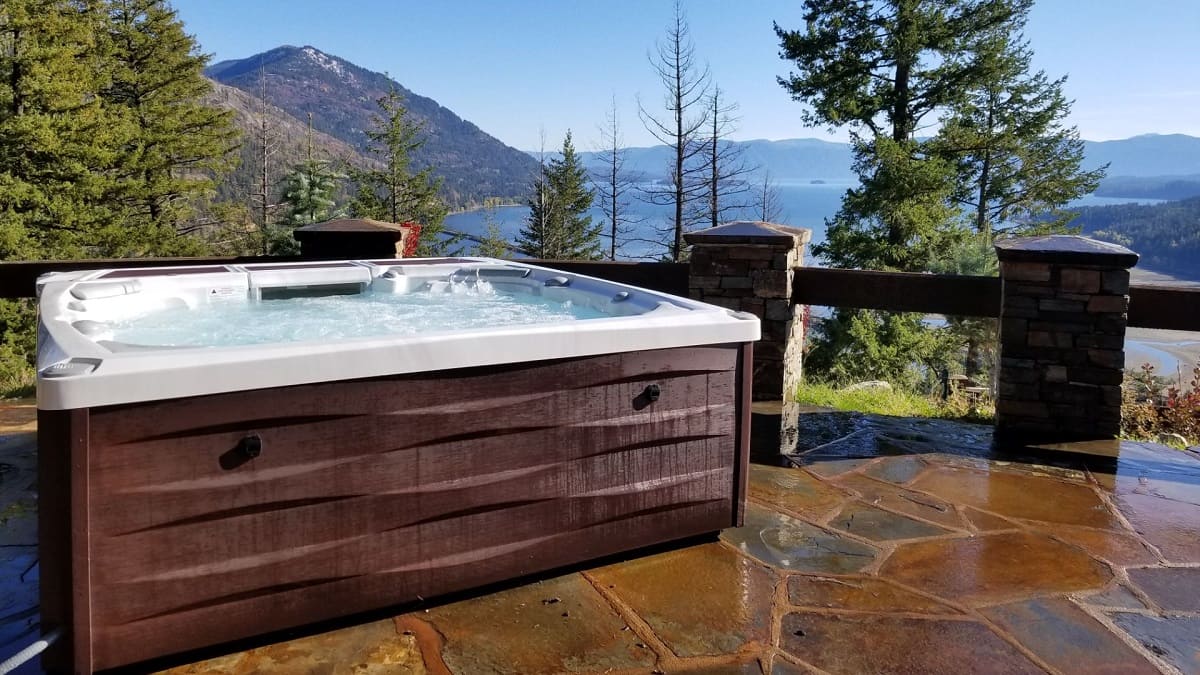

0 thoughts on “How Many Gallons Of Water Is A Bathtub?”